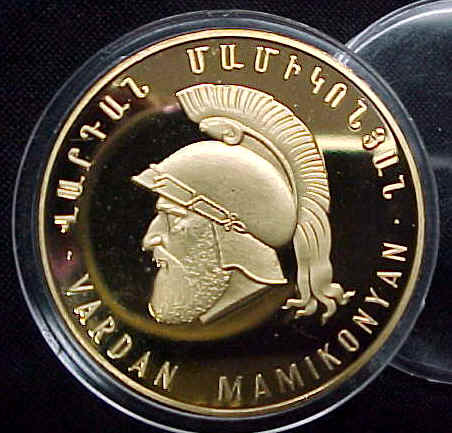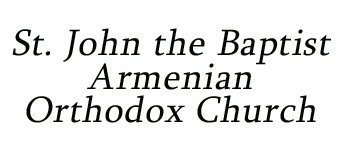Vartanants and Victory Milwaukee Talk Gives the History behind Avarayr
February 27, 2011
By David Luhrssen
 (Milwaukee, WI) Vartanants, commemorating the Armenian defeat by Persia at the Battle of Avarayr (AD 451), is familiar to all Armenians. Less well known than the martyrdom of St. Vartan Mamigonian and his companions in the struggle for religious freedom is the road that led to Avarayr and the decades-long conflict that followed. In a talk at St. John the Baptist Armenian Church of Milwaukee during its Feb. 27, 2011, observation of Vartanants, Dr. Levon Saryan provided the battle with its historical context, outlining the events that came before and after Avarayr.
(Milwaukee, WI) Vartanants, commemorating the Armenian defeat by Persia at the Battle of Avarayr (AD 451), is familiar to all Armenians. Less well known than the martyrdom of St. Vartan Mamigonian and his companions in the struggle for religious freedom is the road that led to Avarayr and the decades-long conflict that followed. In a talk at St. John the Baptist Armenian Church of Milwaukee during its Feb. 27, 2011, observation of Vartanants, Dr. Levon Saryan provided the battle with its historical context, outlining the events that came before and after Avarayr.
A professor of pathology at Medical College of Wisconsin and a member of the Armenian National Academy of Sciences, Saryan has also pursued a scholarly interest in Armenian numismatics and antiquities. He is a member of the Society for Armenian Studies, the Armenian Library and Museum of America, and the Armenian Numismatic Society and other organizations.
“It seems as though the political landscape has not changed in its essential characteristics,” he began, pointing to Armenia’s perennial location at the cusp of larger, more powerful states. In the centuries before Avarayr, Armenia had been a buffer state between Rome and Persia and was later partitioned between the Byzantine and Persian empires. During this time Armenia’s unique Christian culture flourished, encouraged by the introduction of the Mesrobic alphabet and the growth of Armenian translations and original literature. However, it was not entirely a happy period. Saryan described a fourth century Persian invasion that ransacked cities, pillaged the countryside and took tens of thousands of lives as “a holocaust proportionately comparable to the 1915 Genocide.”
Given their country’s precarious status, it might be expected that Armenia’s princes would have accepted the edict by the Persian shah to renounce Christianity in favor of Zoroastrianism. But in St. Vartan’s famous words, “From this faith no one can shake us.” But resistance against the Persian effort to impose fire worship by force was not universal and many traitors collaborated with the enemy. Vartan lost his life at Avarayr but as Saryan explained, his nephew Vahan continued the struggle with a force of only 400 men. Using guerilla tactics, Vahan scored defeats against the Persian occupiers and their collaborators and by 484 forced the shah to sign a treaty. Along with protecting the freedom of the Armenian Church, it guaranteed the right to a just and tolerant government 800 years before English nobles forced their monarch to sign the Magna Carta.


